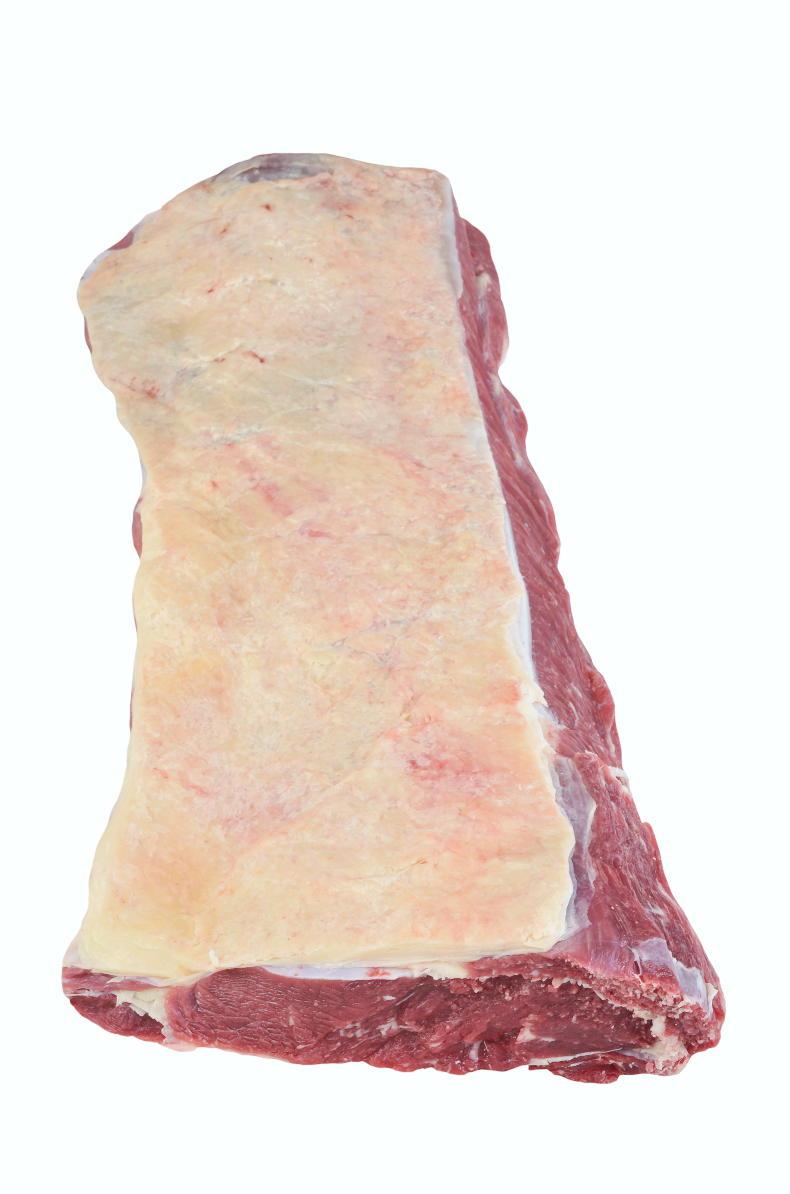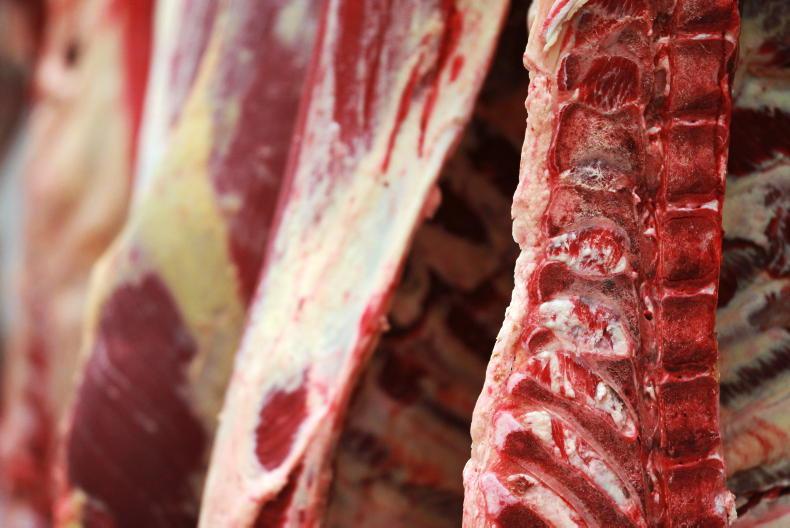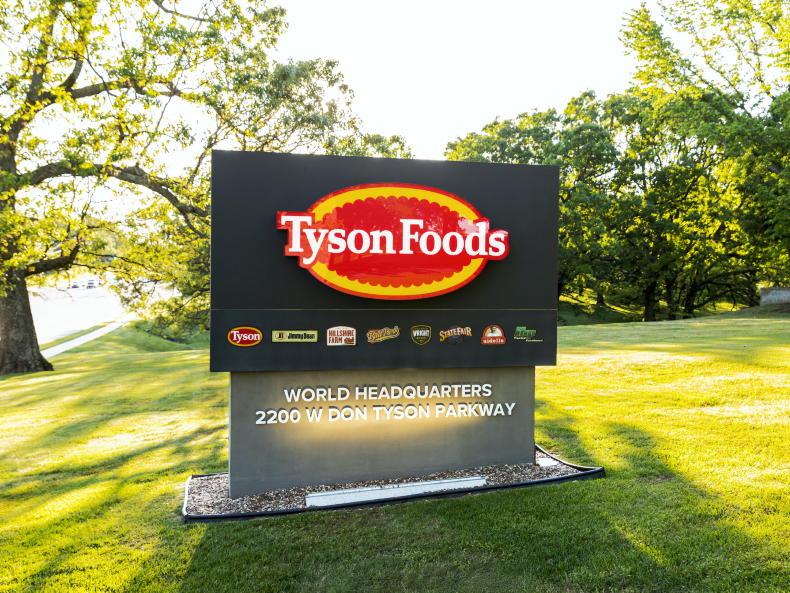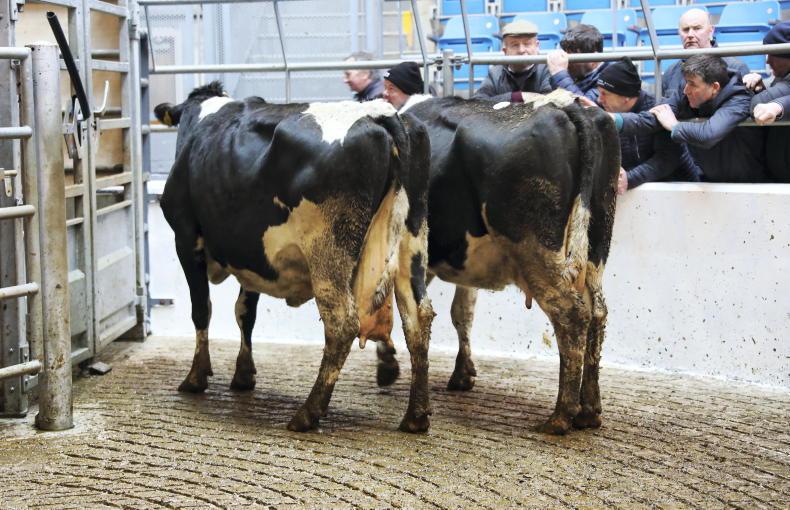Over recent years, our national dairy herd has become an increasingly important source of raw material for the Irish beef sector.
Last year, dairy-bred progeny accounted for 57% of the cattle processed at meat plants, having risen steadily from 47% in 2010. Dairy beef also dominates across the EU-27, whose overall breeding herd of 31.3m includes 20.5m dairy cows (65%).
There is a wide range with regard to the quality of different calves produced from the dairy herd, which include pure-dairy males and crosses with the traditional beef breeds, as well as larger continental breeds.
Beef-cross calves consistently command a price premium over pure dairy calves, based on their higher performance and future saleability. In general, beef crosses result in faster growth rates, superior carcase grading and higher kill-out percentages. There has been considerable success in the development of several breed-specific beef programmes, whereby finishers receive price bonuses for suitable Angus-, Hereford- and Shorthorn-sired cattle.
Conformation
Cattle bred from the dairy herd have a poorer conformation and kill-out percentage in comparison with progeny from the suckler herd. Their carcases also tend to produce a lower yield of saleable meat, with a slightly lesser proportion in the hindquarter compared with higher-grading suckler animals. However, they have the potential to produce meat cuts which are very suitable for a wide range of customers and markets.
With various COVID-19-related restrictions affecting the food service sector over the past year, the retail and manufacturing channels have become even more important for Irish beef. For example, the latest figures from Kantar Worldpanel show a 13.8% rise in Irish retail sales of beef for the 12 weeks up to 21 February compared with a year previous. Similar increases have been recorded in the UK and EU markets.

Holstein-Friesian steer, 302kg carcase P+2+.

Limousin cross Friesian heifer 315kg carcase, R=4-.

Striploin ideal for retail customers.

Striploin with a weak 'eye' and pooly fleshed.
Requirements
Retail customers have specific purchasing requirements, which usually include the class of animals (heifer, steer or young bull), upper age limit, permitted range for carcase weight, conformation and fat class. The following are some key considerations with regard to market requirements:
Carcase fat class of 3 or 4 – is considered ideal by most customers. Under-finished carcases with a fat class of 2= or less often produce beef of inferior eating quality. Similarly, over-fat carcases with a fat score of 4+ or higher result in reduced meat yield and less visually appealing beef.Conformation influences the yield of meat as well as the saleability of the meat. Carcases with poor conformation (eg P or O– grades) will have lower meat yield and produce narrower-shaped cuts of meat.Carcase weight plays an important role. Processors with major retail customers tend to have a preference for steers and heifers aged under 30 months, within a carcase weight range of 260-380kg. Farm Quality Assurance is also a prerequisite for the vast majority of outlets. Many also make stipulations regarding the weight, shape and fat cover of the individual prime cuts.
For example, supermarkets wish to present consumers with steaks which meet a desired price point. With this in mind, it is interesting that the steak cuts (striploin, fillet, ribeye and rump) from dairy-bred carcases may be easily presented into steaks weighing between 200g and 250g and of a standard thickness.
Over recent years, our national dairy herd has become an increasingly important source of raw material for the Irish beef sector.
Last year, dairy-bred progeny accounted for 57% of the cattle processed at meat plants, having risen steadily from 47% in 2010. Dairy beef also dominates across the EU-27, whose overall breeding herd of 31.3m includes 20.5m dairy cows (65%).
There is a wide range with regard to the quality of different calves produced from the dairy herd, which include pure-dairy males and crosses with the traditional beef breeds, as well as larger continental breeds.
Beef-cross calves consistently command a price premium over pure dairy calves, based on their higher performance and future saleability. In general, beef crosses result in faster growth rates, superior carcase grading and higher kill-out percentages. There has been considerable success in the development of several breed-specific beef programmes, whereby finishers receive price bonuses for suitable Angus-, Hereford- and Shorthorn-sired cattle.
Conformation
Cattle bred from the dairy herd have a poorer conformation and kill-out percentage in comparison with progeny from the suckler herd. Their carcases also tend to produce a lower yield of saleable meat, with a slightly lesser proportion in the hindquarter compared with higher-grading suckler animals. However, they have the potential to produce meat cuts which are very suitable for a wide range of customers and markets.
With various COVID-19-related restrictions affecting the food service sector over the past year, the retail and manufacturing channels have become even more important for Irish beef. For example, the latest figures from Kantar Worldpanel show a 13.8% rise in Irish retail sales of beef for the 12 weeks up to 21 February compared with a year previous. Similar increases have been recorded in the UK and EU markets.

Holstein-Friesian steer, 302kg carcase P+2+.

Limousin cross Friesian heifer 315kg carcase, R=4-.

Striploin ideal for retail customers.

Striploin with a weak 'eye' and pooly fleshed.
Requirements
Retail customers have specific purchasing requirements, which usually include the class of animals (heifer, steer or young bull), upper age limit, permitted range for carcase weight, conformation and fat class. The following are some key considerations with regard to market requirements:
Carcase fat class of 3 or 4 – is considered ideal by most customers. Under-finished carcases with a fat class of 2= or less often produce beef of inferior eating quality. Similarly, over-fat carcases with a fat score of 4+ or higher result in reduced meat yield and less visually appealing beef.Conformation influences the yield of meat as well as the saleability of the meat. Carcases with poor conformation (eg P or O– grades) will have lower meat yield and produce narrower-shaped cuts of meat.Carcase weight plays an important role. Processors with major retail customers tend to have a preference for steers and heifers aged under 30 months, within a carcase weight range of 260-380kg. Farm Quality Assurance is also a prerequisite for the vast majority of outlets. Many also make stipulations regarding the weight, shape and fat cover of the individual prime cuts.
For example, supermarkets wish to present consumers with steaks which meet a desired price point. With this in mind, it is interesting that the steak cuts (striploin, fillet, ribeye and rump) from dairy-bred carcases may be easily presented into steaks weighing between 200g and 250g and of a standard thickness.














SHARING OPTIONS